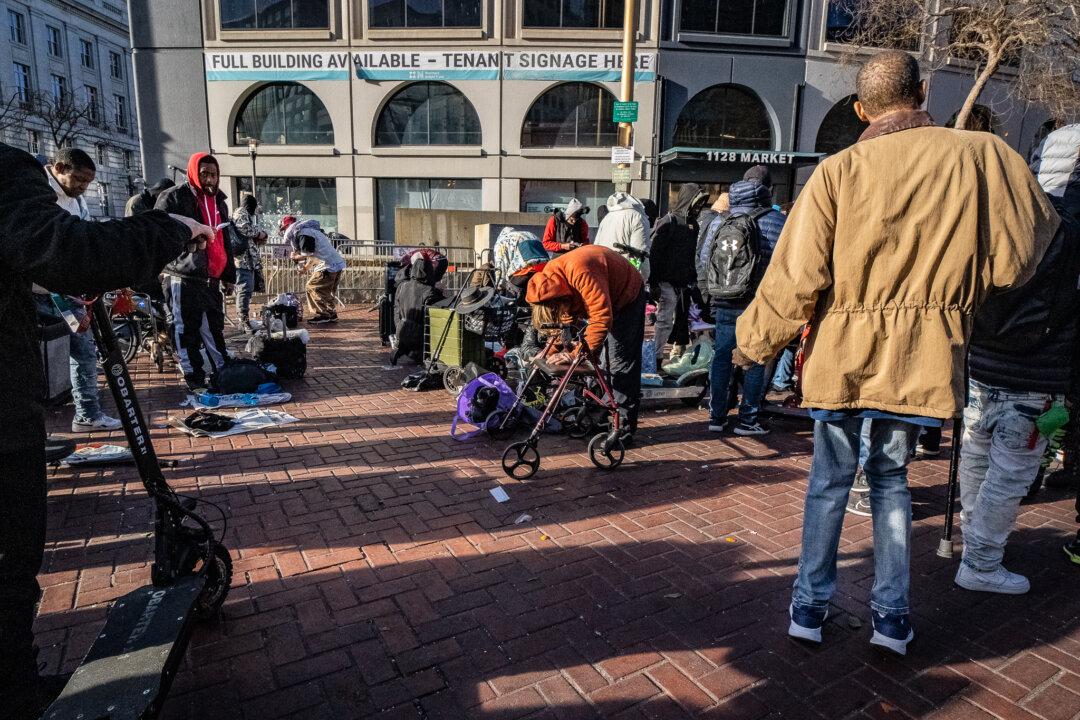ORANGE, Calif.—“I had a cold sweat. My body was really, really achy. I had a splitting headache—like a, just a full-head migraine that was pounding—and then some nausea as well.”
Orange County resident Jason Sievert, 32, woke up on March 14 to what he thought was a bad case of the flu: fever, nausea, and fatigue.





